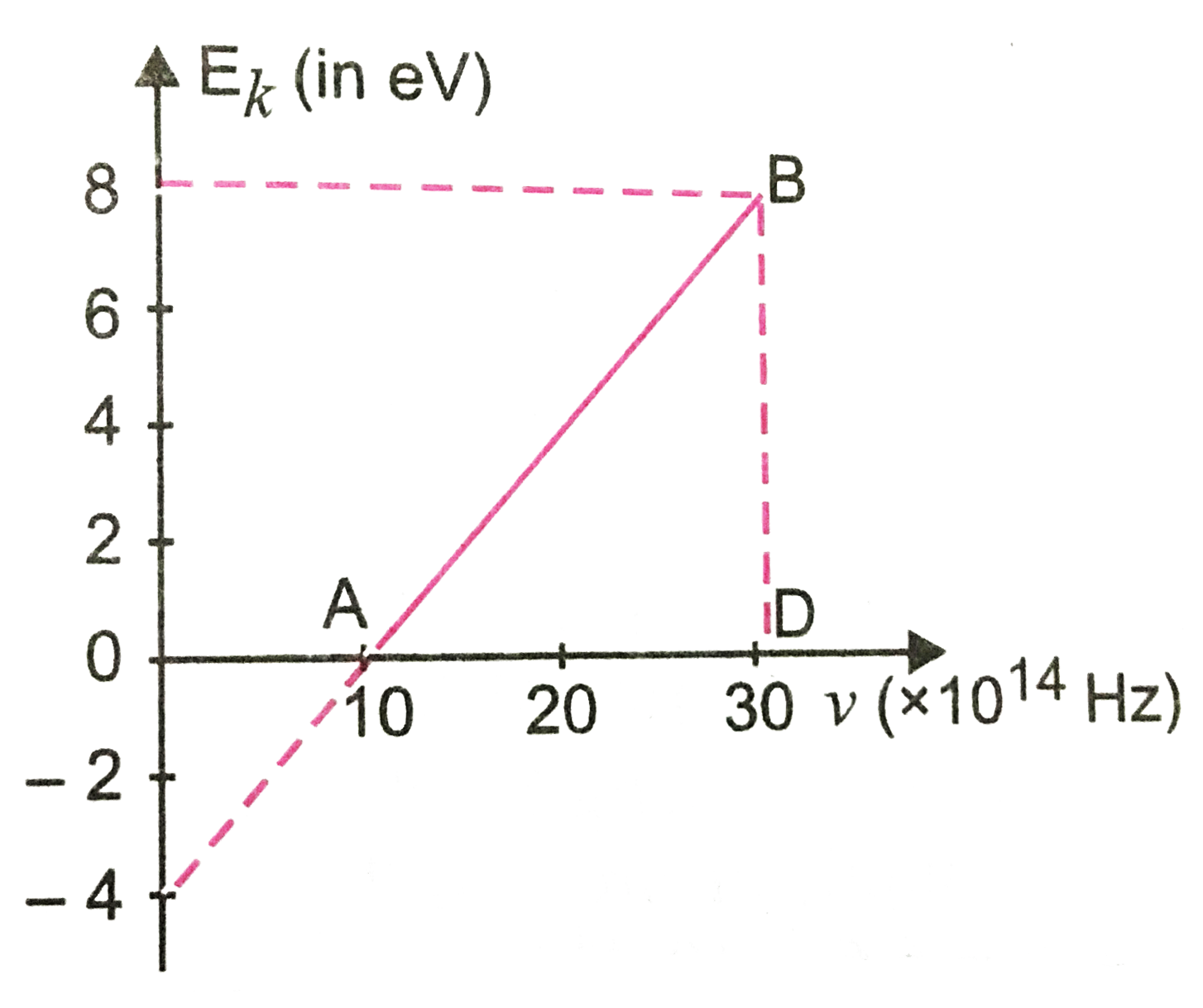The frequency of incident light falling on a photosensitive metal plate is doubled, the K.E of the emitted photo-electrons is
doubled
halved
increases but more than double of the previous kinetic energy
unchanged
The correct Answer is:C
Step by step video & image solution for The frequency of incident light falling on a photosensitive metal plate is doubled, the K.E of the emitted photo-electrons is by Chemistry experts to help you in doubts & scoring excellent marks in Class 12 exams.
Updated on:21/07/2023Topper's Solved these Questions
- STRUCTURE OF ATOMBook:VMC MODULES ENGLISHChapter:STRUCTURE OF ATOMExercise:IN-CHAPTER EXERCISE-C
Explore 15 Videos
- STRUCTURE OF ATOMBook:VMC MODULES ENGLISHChapter:STRUCTURE OF ATOMExercise:IN-CHAPTER EXERCISE-D
Explore 10 Videos
- STRUCTURE OF ATOMBook:VMC MODULES ENGLISHChapter:STRUCTURE OF ATOMExercise:IN-CHAPTER EXERCISE-A
Explore 10 Videos
- STOICHIOMETRY-IIBook:VMC MODULES ENGLISHChapter:STOICHIOMETRY-IIExercise:JEE Advanced (Archive)
Explore 43 Videos
- SURFACE CHEMISTRYBook:VMC MODULES ENGLISHChapter:SURFACE CHEMISTRYExercise:PRACTICE EXERCISE
Explore 9 Videos
Similar Questions
Knowledge Check
The photoeletric threshold 4v is incident on the metal is v. When light of freqency 4v is incident on the metal, the maximum kinetic energy of the emitted photoelectron is
A4hvB3hvC5hvD5hv2
When orange light falls on a photo sensitive surfaces the photo current begins to flow. The velocity of emitted electrons will be more when surface is hit by
View SolutionWhen light of sufficiently high frequency is incident on a metallic surface, electrons are emitted from the metallic surface. This phenomenon is called photoelectric emission. Kinetic energy of the emitted photoelectrons depends on the wavelength of incident light and is independent of the intensity of light. Number of emitted photoelectrons depends on intensity. (hv−ϕ) is the maximum kinetic energy of emitted photoelectron (where ϕ is the work function of metallic surface). Reverse effect of photo emission produces X-ray. X-ray is not deflected by electric and magnetic fields. Wavelength of a continuous X-ray depends on potential difference across the tuve. Wavelength of charasteristic X-ray depends on the atomic number.
Q. If frequency (υ>υ0) of incident light becomes n times the initial frequency (v), then KE of the emitted photoelectrons becomes (v0 threshold frequency).
View SolutionGiven in fig. is the graph between frequency v of the incident light and maximum kinetic energy (Ek) of the emitted photoelectrons. Find the values of (i) threshold frequency and (ii) work function form the graph.

View SolutionLight of wavelength A which is less than threshold wavelength is incident on a photosensitive material. If incident wavelength is decreased so that emitted photoelectrons are moving with same velocity, then stopping potential will
View SolutionRadiation of frequency 1.5 times the threshold frequency is incident on a photosensitive material. If the frequency of incident radiation is halved and the intensity is doubled, the number of photoelectron ejected per second becomes:
View SolutionLight of frequency 1.5 times the threshold frequency is incident on a photosensitive material, photo electric current is emitted. If the frequency of light is halved and intensity is doubled, the photoelectric current becomes
View SolutionThe photoelectric threshold frequency of a metal is v. When light of frequency 4v is incident on the metal . The maximum kinetic energy of the emitted photoelectrons is
View Solution